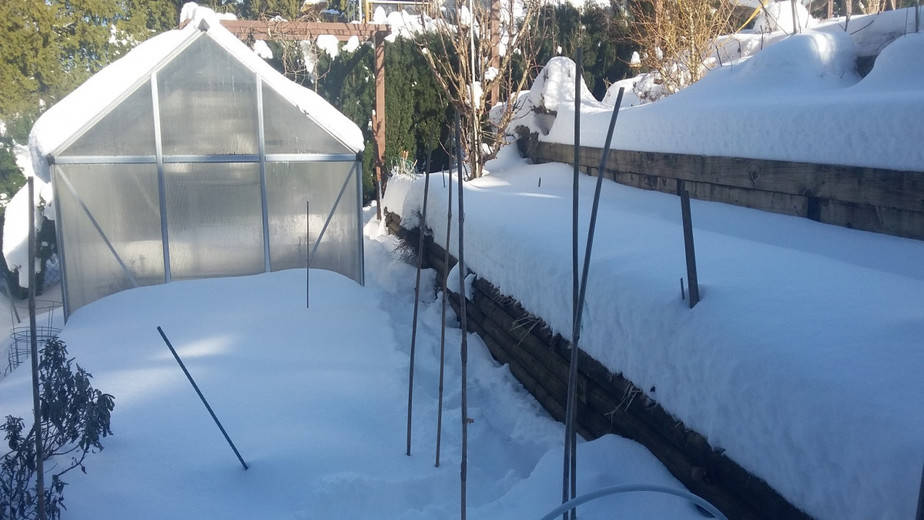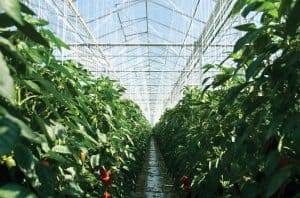One of the greatest benefits of growing plants in a greenhouse is the ability to grow even during the frostiest winter months. Depending on the type of greenhouse you have, you may be able to harvest fresh produce well into winter.
Greenhouses are ideal for gardeners looking to extend their growing season into the colder months of the year, but unless you provide your crops with an artificial light source, be sure to plant your crops in mid-summer to mid-autumn to ensure they have plenty of time to grow before harvest.
What Are The Best Greenhouse Crops for Winter?
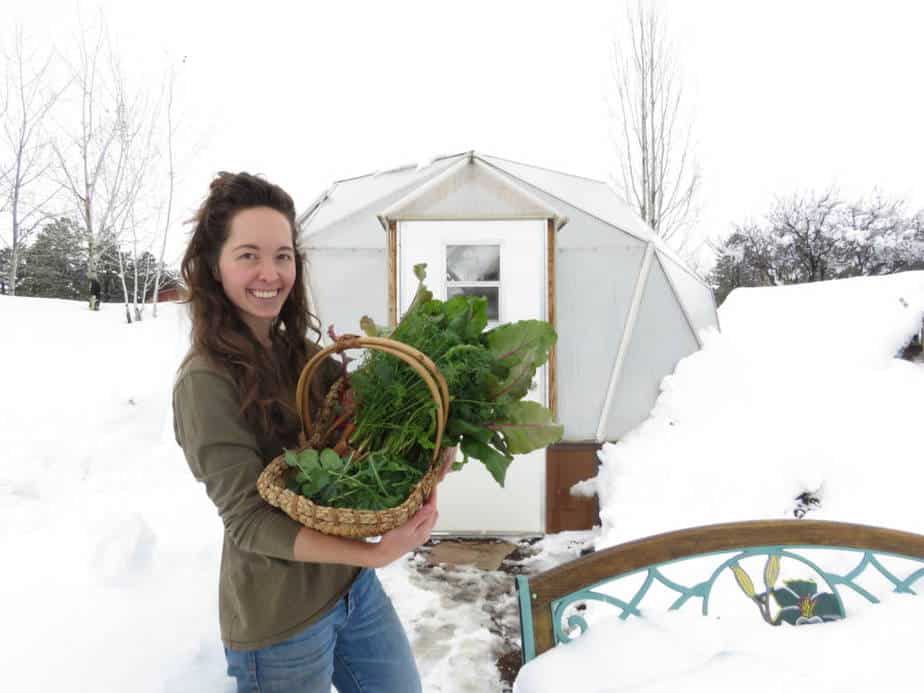
Growing in the winter is why you installed a greenhouse. When you installed your greenhouse, however, you may not have known that certain plants perform better in the doldrums of winter regardless of how much heat you’re pumping in. Let’s learn which veggies are the best greenhouse crops for winter and why.
Root Vegetables
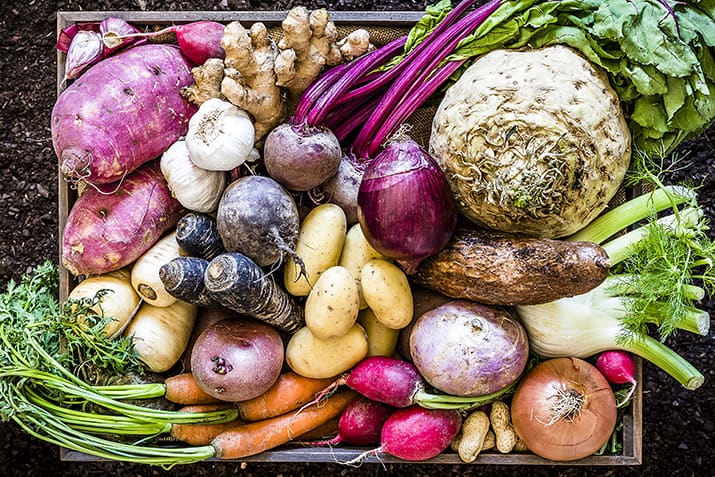
If you’re growing produce in an unheated greenhouse, you’ll want to grow cold-hardy plants that can tolerate frigid temperatures during winter nights. Root vegetables are a great crop to grow in any winter greenhouse.
Consider growing vegetables such as carrots, beets, parsnips, turnips, and even radishes. These plants tend to tolerate cold weather well since the most commonly eaten parts of the plant are insulated below ground.
If those veggies aren’t interesting enough for you, consider rutabagas, leeks, shallots, onions, or garlic. Winter greenhouses are a great way to produce vegetables that you don’t have room for in your summer garden, or those that you want to enjoy during the winter.
Many root vegetables also store well through the winter, allowing you to use them at your leisure, rather than as soon as they’re ready to harvest. There’s nothing that warms you up quite like a soup or stew made from the vegetables grown in your own backyard.
The best root vegetables to grow in a winter greenhouse include:
Leafy Greens
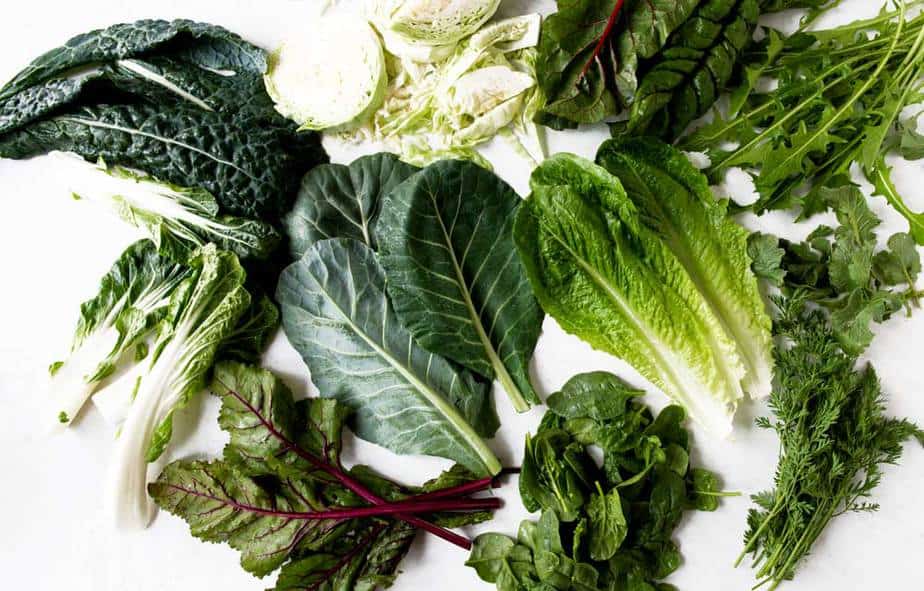
When you think of winter crops, leafy green vegetables probably aren’t the first type of produce that comes to mind. However, many types of leafy greens can thrive when grown in a winter greenhouse.
Lettuce is one of the best options, but it’s important to choose cold-hardy species as not all lettuces can withstand chilly weather, even in a greenhouse. Endive, radicchio, kale, and arugula are great options, as is bok choi.
Depending on your taste and the space you have available in your greenhouse, you might also consider collard greens, mustard greens, or cabbage. Swiss chard is also a popular choice that can happily live in most unheated greenhouses.
The best leafy greens to grow in a winter greenhouse include:
Other Cold-Hardy Vegetables
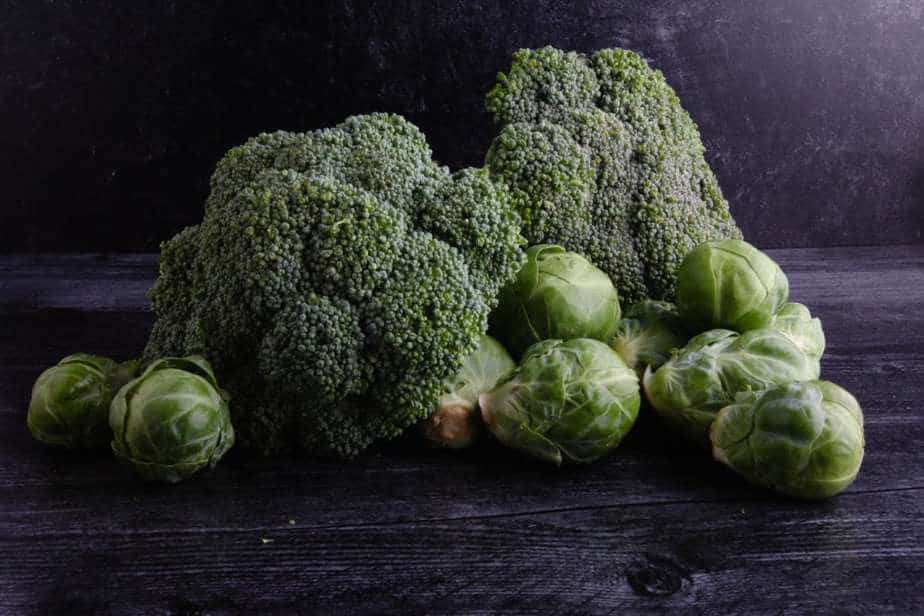
If root vegetables and leafy greens aren’t your style, don’t worry, you still have plenty of winter crops to choose from. Broccoli, celery, and many varieties of peas can grow well in any winter greenhouse.
Brussel sprouts are also a common choice for winter greenhouses as they can tolerate chilly weather well. Asparagus is also a fun option, but it’s not a crop for impatient gardeners. Asparagus can take some time to reach maturity, so you won’t have fresh asparagus this year, but if you’re planning for the long term, Future You will thank you.
Other veggies you can grow in a winter greenhouse include:
Berries
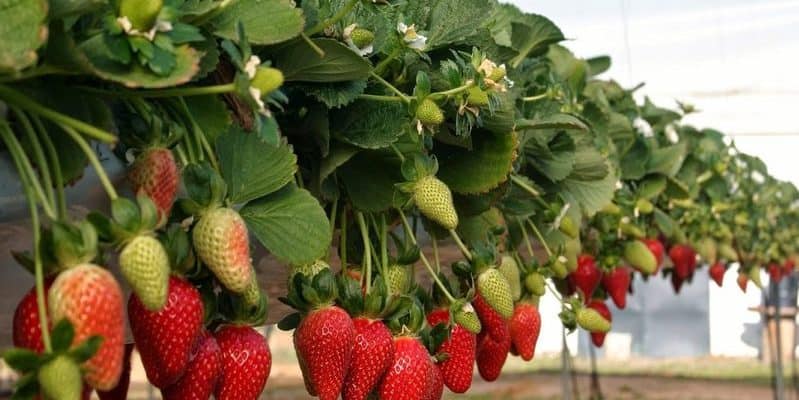
If your sweet tooth demands space in your winter greenhouse, look no further than strawberries and raspberries. These berries can handle a good frost but can also thrive in a greenhouse.
It’s worth noting that you might not have berries available for harvest during the winter months, but they’ll be ready to go come spring. The only challenge here is that berries need to be pollinated, so you’ll need to do that yourself since there won’t be any natural pollinators present in your greenhouse during the winter.
Fortunately, pollination is relatively easy. You can use a small paintbrush, cotton swab, or even a soft toothbrush to brush the pollen between the flowers. Just be sure to handle the brush gently to prevent accidental damage to the flowers.
Warm Weather Fruits and Vegetables
If your greenhouse is unheated, you are going to be limited on the types of crops you’ll be able to grow throughout the winter. However, if you’re lucky enough to have a greenhouse heater, you’ll be able to grow a wider range of warm-weather fruits and vegetables.
Even if you don’t have electricity in your greenhouse, there are still methods of keeping it as warm as possible. For more information on heating a greenhouse without electricity, click here.
Crops ideal for heated greenhouses, or those in milder climates, include tomatoes and peppers. These crops require plenty of warmth and sun, so you may also need to consider giving the winter sun a helping hand with the use of grow lights, if your greenhouse isn’t yet equipped with them.
Herbs
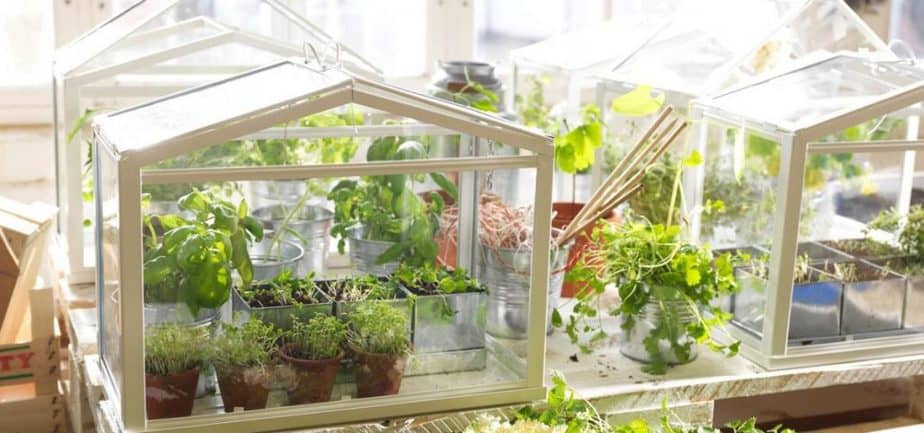
If you’re growing vegetables to feed yourself and your family through the winter months, why not grow some herbs too? Herbs are great for adding a bit of flavor to your winter vegetables, while also adding their own unique aromatic qualities to your greenhouse.
Some of the best perennial herbs for a winter greenhouse include thyme, chives, mint, rosemary, oregano, and lemon balm. Sorrel is also a great option that is known for adding a citrusy tang to salads and other dishes. Most of the perennial herbs listed here will do just fine in unheated greenhouses.
Biennial herbs that do well in greenhouses include parsley and chervil. Your options are nearly endless, especially if you have a heated greenhouse. You may also consider sage, marjoram, and cilantro.
The best herbs to grow in a winter greenhouse include:
Flowers

Perhaps you’re the type of gardener that enjoys fresh-cut flowers in your home, or maybe you just want to get a head start on spring landscaping. Either way, you can do so by growing cold-hardy flowers in your winter greenhouse.
Many flowers such as calendula, pansy, and chrysanthemum will not only thrive in a winter greenhouse, but they’ll bloom too. Adding a floral pop of color to your greenhouse can be a great way to lift your spirits during an otherwise dreary season.
Other flowers to consider include impatiens, snapdragon, and amaryllis. If you’re looking for a succulent that will require less water than your other crops, Christmas cacti also produce wonderfully showy blooms during the winter months.
You may also consider growing such beauties as dahlia, gladiolus, and cannass. As always, if your winter greenhouse is equipped with lights and heat, you’ll have a much wider selection of plants you can choose from.
The best flowers to grow in a winter greenhouse include:
Do You Know Other Winter Greenhouse Crops?
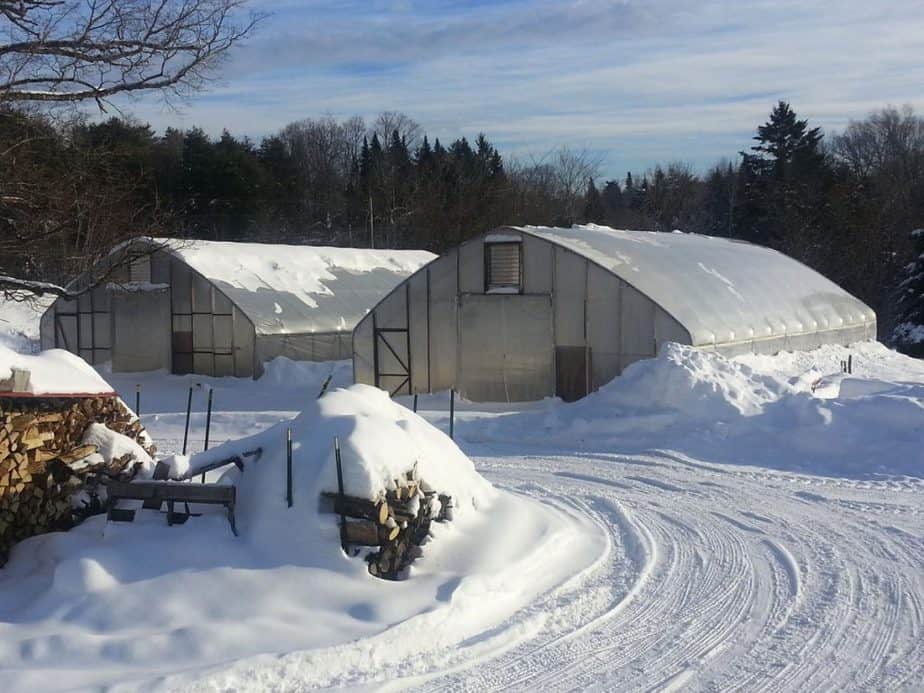
Are you and your greenhouse prepared for winter? Comment below which crops you’re going to grow this winter and perhaps someone will provide some helpful tips!

